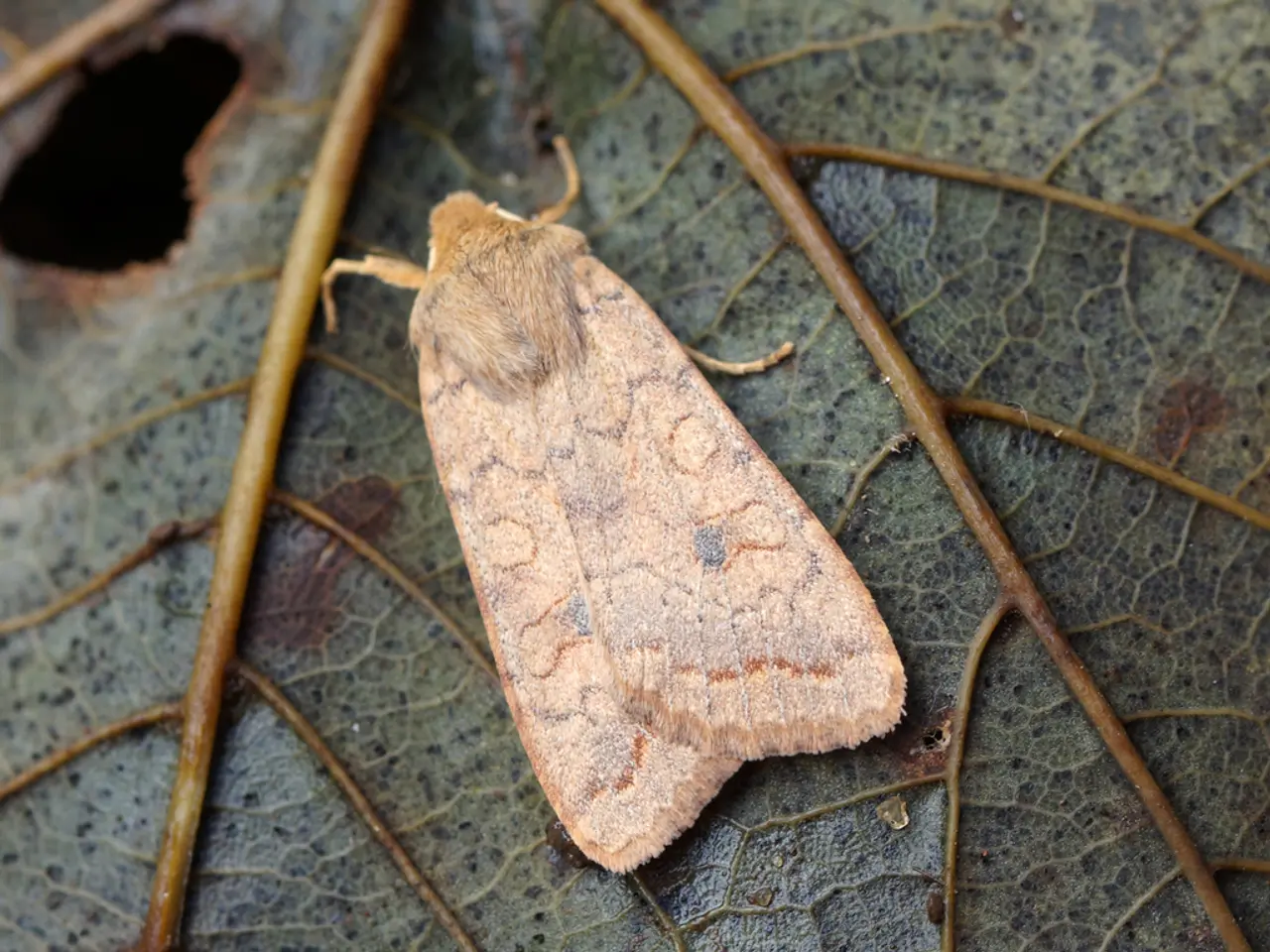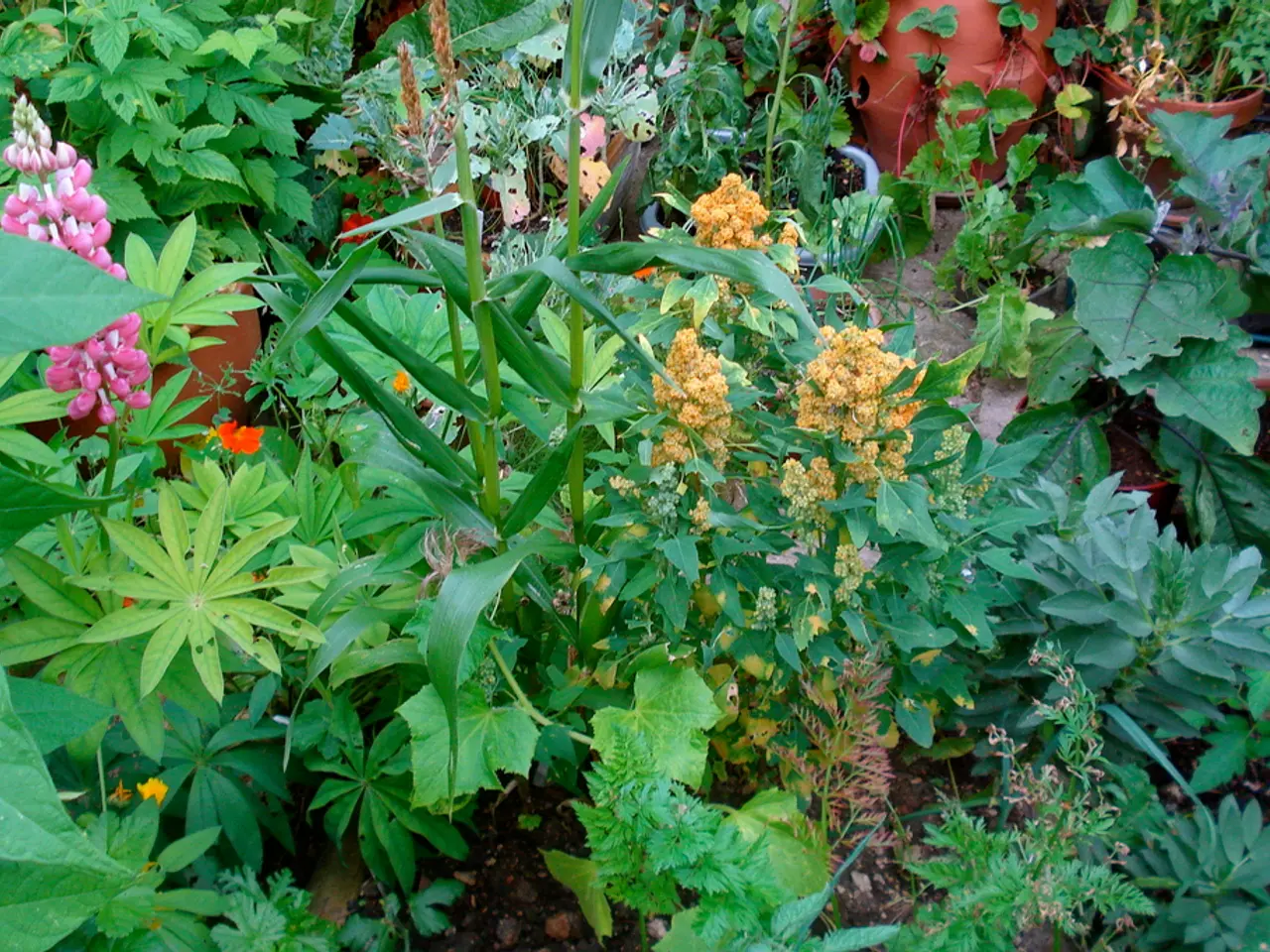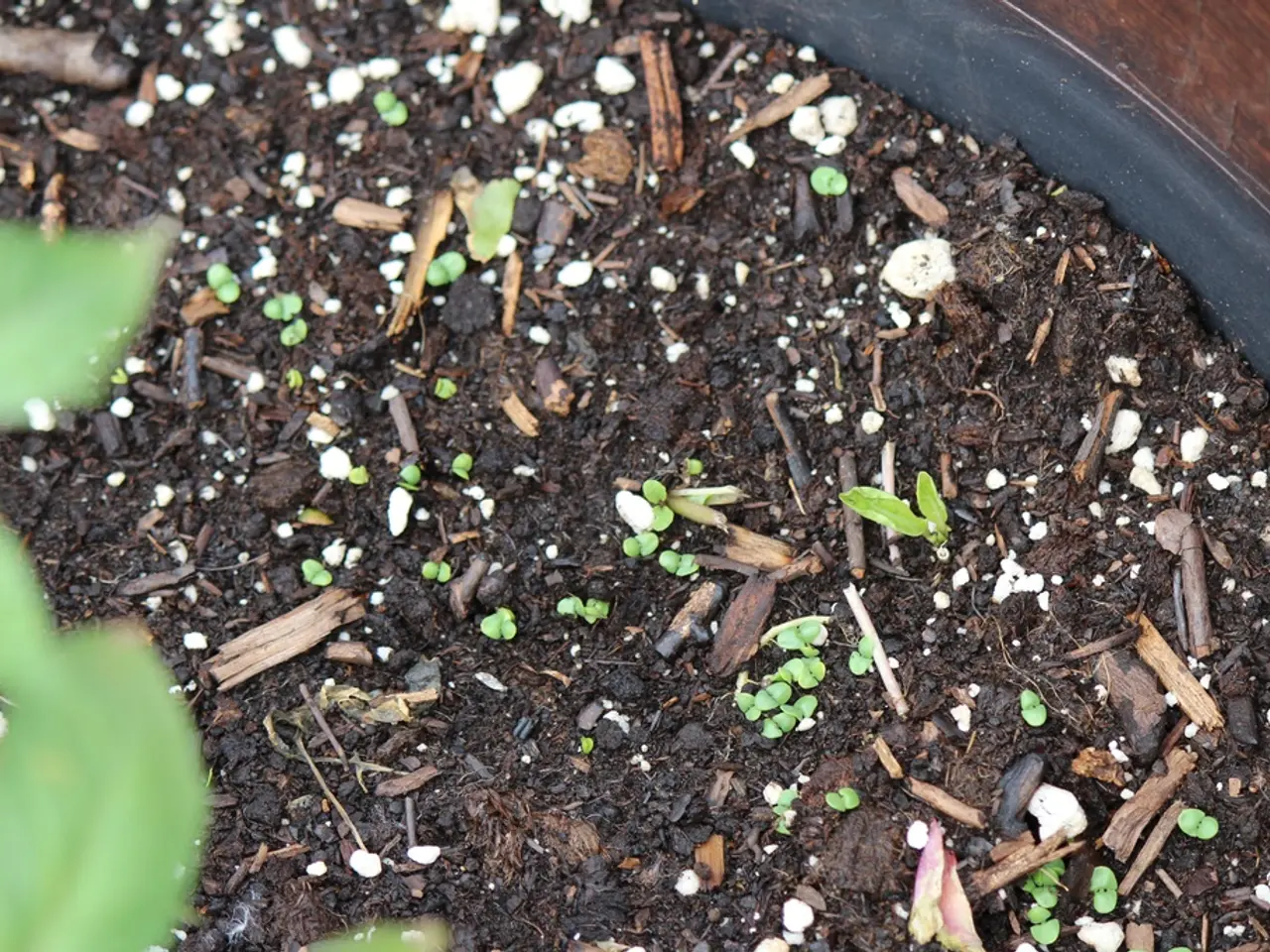Mystery Unveiled: Strange White Particles in Soil During Planting
In the world of gardening, the sight of white bits in planting soil can often be a cause for concern. But understanding these white bits is crucial to maintaining a healthy and thriving garden. Here's a breakdown of the most common causes and their effects on plant health.
- Mycelium: The Unseen Helpers
- Mycelium, an underground network of fungi, is often the culprit behind those white, fuzzy strands or patches found in soil.
- This beneficial growth breaks down organic matter, recycling nutrients into a form plants can absorb, thereby improving soil health and aiding plant growth.
- Mycelium also facilitates communication and resource sharing among plants, making it a valuable component of healthy, living soil.
- In organic gardening and compost-enriched soils, mycelium growth is encouraged and considered a positive indicator.
- Pathogenic Fungal Growth: The Silent Killers
- Some white growths on or near soil may be harmful fungi, such as those causing Southern Blight (Athelia rolfsii) or damping-off fungi (Pythium, Rhizoctonia).
- These pathogens can cause serious diseases leading to wilting, rot, and plant death if uncontrolled.
- Southern Blight appears as a white fungal mat on infected plant stems near soil, while damping-off fungi manifest as water-soaked areas on seedling stems near soil, leading to seedling death in cool, wet soils.
- These fungi thrive in warm, moist conditions and can persist in soil for years, necessitating crop rotation, debris removal, and soil management to control.
- Mineral Deposits or Soil Amendment Residue: The Inert Particles
- White particles in soil can sometimes be mineral fragments, such as perlite, expanded vermiculite, or lime/calcium carbonate added to adjust soil conditions.
- These are typically inert and do not harm plants; some improve aeration or pH balance in the soil.
- Powdery Mildew and Other Leaf Surface Issues: Less Relevant to Soil
- White spots on leaves rather than soil are often powdery mildew (a white fungus) or white residue from hard water or pests, but this does not directly cause white bits in soil.
Understanding the impact of these white bits on plant health is essential. Beneficial mycelium promotes plant nutrient uptake and overall soil fertility, supporting healthy plant growth. Harmful fungal growths, however, can cause serious diseases leading to wilting, rot, and plant death if uncontrolled. Mineral white bits like perlite have neutral or positive effects by improving soil texture or pH balance.
In summary, white bits in planting soil can be beneficial fungal mycelium enhancing soil life, harmful fungal pathogens threatening plant health, or inert mineral particles mostly serving physical or chemical soil functions. Correct identification is key to assessing their impact and managing them appropriately.
- In the world of home-and-garden, the sight of white strands or patches found in soil could be indicative of mycelium, an underground network of fungi that plays a crucial role in improving soil health and aiding plant growth.
- Gardeners should be aware that while mycelium is beneficial, some white growths on or near soil may be harmful fungi, such as those causing Southern Blight or damping-off fungi, which can lead to serious plant diseases and potentially plant death.




